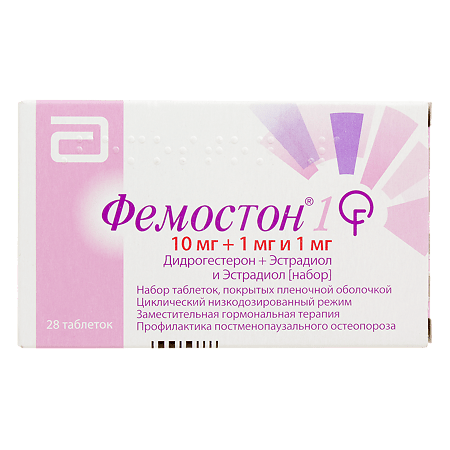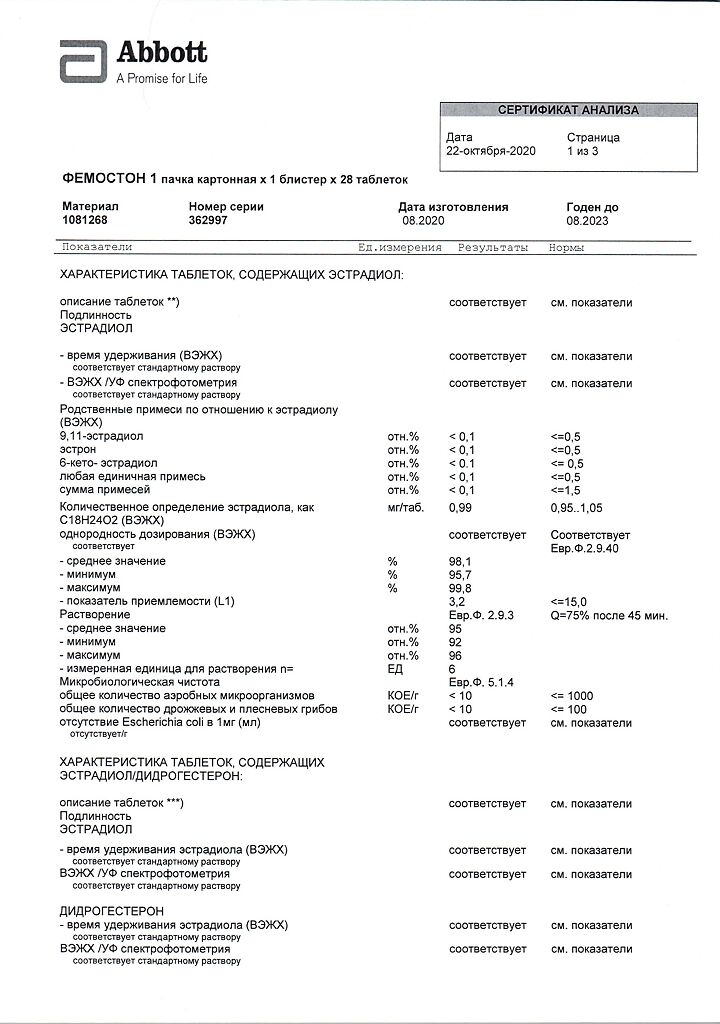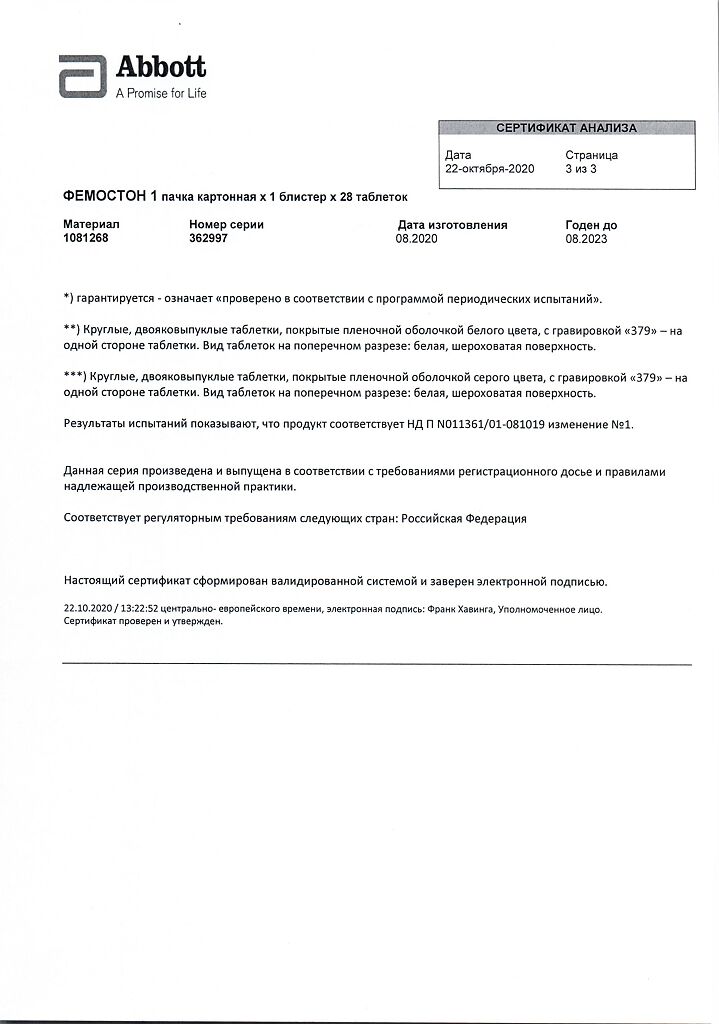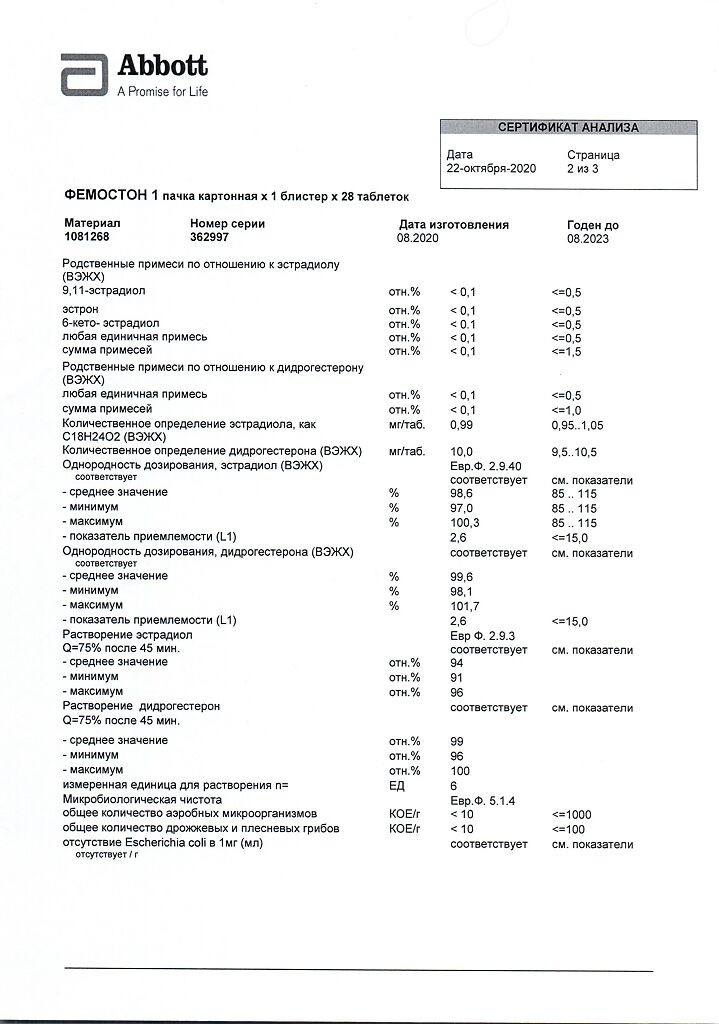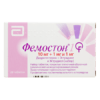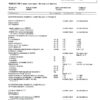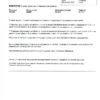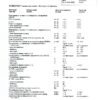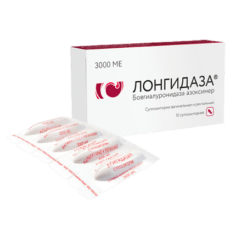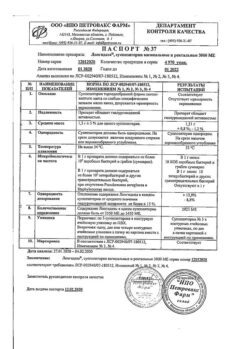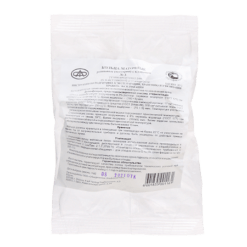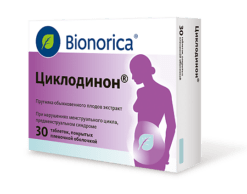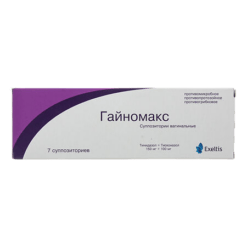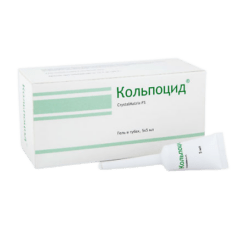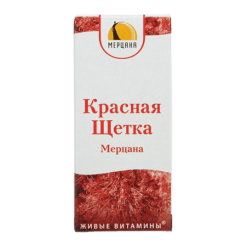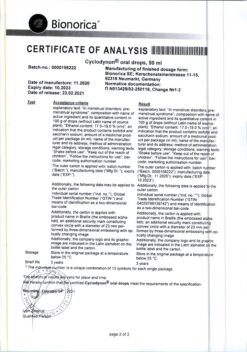No products in the cart.
Femostone 1,28 pcs.
€37.15 €32.19
Description
Pharmacodynamics
Estradiol, the estrogen in Femoston, is identical to endogenous human estradiol. Estradiol replenishes estrogen deficiency in women after menopause and provides effective treatment of psychoemotional and vegetative menopausal symptoms: “hot flashes”, increased sweating, sleep disorders, increased nervous irritability, dizziness, headache, involution of skin and mucous membranes, especially of mucous membranes of urogenital system (dryness and irritation of vaginal mucosa, painfulness during intercourse). Hormone replacement therapy (HRT) with Femostone prevents loss of bone mass in the postmenopausal period caused by estrogen deficiency. Femostone leads to changes in lipid profile toward a decrease in total cholesterol and LDL and an increase in HDL.
Didrogesterone is a progestagen effective when taken orally which completely provides the onset of endometrial secretion phase, thereby reducing the risk of endometrial hyperplasia and/or carcinogenesis increased with estrogen. Didrogesterone has no estrogenic, androgenic, anabolic or glucocorticosteroid activity.
The combination of 1 mg of estradiol with didrogesterone is a modern low-dose ZGT regimen.
Pharmacokinetics
Micronized estradiol is easily absorbed after oral administration. It is metabolized in the liver to estrone and estrone sulfate, which also undergoes hepatic biotransformation. Glucuronides of estrone and estradiol are excreted mainly with the urine.
Dydrogesterone after oral administration is quickly absorbed from the gastrointestinal tract. It is completely metabolized. The main metabolite is 20-dihydrodihydrogesterone, which is present in the urine mainly in the form of glucuronic acid conjugate. Complete excretion of didrogesterone occurs after 72 hours.
Indications
Indications
hormone replacement therapy for disorders caused by estrogen deficiency in perimenopausal women (no earlier than 6 months after the last menstruation) or in postmenopausal women;
prevention of postmenopausal osteoporosis in women at high risk of fractures with intolerance or contraindications to the use of other medications.
Pharmacological effect
Pharmacological effect
Pharmacodynamics
Estradiol is an estrogen that is part of the drug Femoston, identical to endogenous human estradiol. Estradiol replenishes the deficiency of estrogen in the female body after menopause and provides effective treatment of psycho-emotional and autonomic menopausal symptoms: hot flashes, increased sweating, sleep disturbances, increased nervous excitability, dizziness, headache, involution of the skin and mucous membranes, especially the mucous membranes of the genitourinary system (dryness and irritation of the mucous membrane vagina, pain during sexual intercourse). Hormone replacement therapy (HRT) with Femoston prevents bone loss in the postmenopausal period caused by estrogen deficiency. Taking Femoston leads to a change in the lipid profile towards a decrease in the level of total cholesterol and LDL and an increase in HDL.
Dydrogesterone is a progestogen, effective when taken orally, which completely ensures the onset of the secretion phase in the endometrium, thereby reducing the risk of developing endometrial hyperplasia and/or carcinogenesis, which increases against the background of estrogens. Dydrogesterone does not have estrogenic, androgenic, anabolic or glucocorticosteroid activity.
The combination of 1 mg estradiol with dydrogesterone is a modern low-dose HRT regimen.
Pharmacokinetics
After oral administration, micronized estradiol is easily absorbed. Metabolized in the liver to estrone and estrone sulfate, which also undergoes hepatic biotransformation. Glucuronides of estrone and estradiol are excreted primarily in the urine.
Dydrogesterone after oral administration is quickly absorbed from the gastrointestinal tract. Metabolized completely. The main metabolite is 20-dihydrodydrogesterone, present in urine mainly in the form of a glucuronic acid conjugate. Complete elimination of dydrogesterone occurs after 72 hours.
Special instructions
Special instructions
Before prescribing or restarting HRT, it is necessary to obtain a complete medical and family history and conduct a general and gynecological examination to identify possible contraindications and conditions requiring precautions. During treatment with the drug, it is recommended to periodically examine women (the frequency and nature of the studies are determined individually). In addition, it is advisable to conduct breast examination and/or mammography in accordance with accepted standards, taking into account clinical indications. The use of estrogens may affect the results of the following laboratory tests: glucose tolerance testing, thyroid and liver function tests.
Generally recognized risk factors for thrombosis and thromboembolism while taking HRT are a history of thromboembolic complications, severe forms of obesity (body mass index more than 30 kg/m2) and systemic lupus erythematosus. There is no generally accepted opinion regarding the role of varicose veins in the development of thromboembolism.
The risk of developing deep vein thrombosis of the lower extremities may temporarily increase with prolonged immobilization, major trauma, or surgery. In cases where prolonged immobilization is necessary after surgery, temporary cessation of HRT should be considered 4–6 weeks before surgery.
When deciding on HRT in patients with recurrent deep vein thrombosis or thromboembolism receiving anticoagulant treatment, the benefits and risks of HRT must be carefully assessed.
If thrombosis develops after starting HRT, the drug should be discontinued. The patient should be informed of the need to consult a doctor if the following symptoms occur: painful swelling of the lower extremities, sudden loss of consciousness, dyspnea, blurred vision.
There is data demonstrating a slight increase in the detection rate of breast cancer in women who received HRT for a long time (more than 10 years). The likelihood of being diagnosed with breast cancer increases with the duration of treatment and returns to normal 5 years after stopping HRT.
Patients who have previously received HRT using only estrogen drugs should be especially carefully examined before starting treatment in order to identify possible endometrial hyperstimulation. Breakthrough uterine bleeding and mild menstrual-like bleeding may occur in the first months of treatment with the drug. If, despite dose adjustment, such bleeding does not stop, the drug should be discontinued until the cause of the bleeding is determined. If bleeding recurs after a period of amenorrhea or continues after discontinuation of treatment, its etiology should be determined. This may require an endometrial biopsy.
Femoston is not a contraceptive. Perimenopausal patients are advised to use non-hormonal contraceptives.
It does not affect the ability to drive a car or use other mechanisms.
Active ingredient
Active ingredient
Dydrogesterone, Estradiol and Estradiol [set]
Composition
Composition
1 tablet contains:
active ingredient:
estradiol 1 mg;
excipients:
lactose monohydrate,
hypromellose,
corn starch,
colloidal silicon dioxide,
magnesium stearate
Shell composition:
Opadry OY-1-7000 white.
The tablets are gray, round, biconvex, embossed with an “S” above the “dlt” symbol on one side and “379” on the other side; white tablet core (14 pieces in a blister).
1 tablet contains:
active ingredients:
estradiol 1 mg,
dydrogesterone 10 mg;
excipients:
lactose monohydrate,
hypromellose,
corn starch,
colloidal silicon dioxide,
magnesium stearate.
Shell composition:
Opadry OY-8243 grey.
Pregnancy
Pregnancy
The drug is contraindicated during pregnancy and breastfeeding. If pregnancy occurs during treatment with the drug, therapy should be stopped immediately.
Contraindications
Contraindications
established or suspected pregnancy;
breastfeeding period;
diagnosed or suspected breast cancer, history of breast cancer;
diagnosed or suspected estrogen-dependent malignancies;
vaginal bleeding of unknown etiology;
previous idiopathic or confirmed venous thromboembolism (deep vein thrombosis, pulmonary embolism);
active or recent arterial thromboembolism;
acute liver diseases, as well as a history of liver diseases (until normalization of laboratory parameters of liver function);
untreated endometrial hyperplasia;
hypersensitivity to any of the components of the drug;
porphyria.
Caution – Patients receiving HRT who have the following conditions (currently or in the past) should be closely monitored by a physician:
uterine leiomyoma, endometriosis;
history of thrombosis or its risk factors;
risk factors for estrogen-dependent tumors (for example, breast cancer in the patient’s mother);
arterial hypertension;
benign liver tumor;
diabetes mellitus;
cholelithiasis;
epilepsy;
migraine or intense headache;
history of endometrial hyperplasia;
systemic lupus erythematosus;
bronchial asthma;
renal failure;
otosclerosis.
After consultation with your doctor, the drug should be discontinued in the following cases:
the appearance of jaundice or deterioration of liver function;
strong rise in blood pressure;
newly diagnosed migraine-like attack;
pregnancy;
manifestation of any contraindication.
Side Effects
Side Effects
From the blood and lymphatic system: very rarely (
From the nervous system: headache, migraine (in 1–10%); sometimes (0.1–1%) – dizziness, nervousness, depression, changes in libido; very rarely – chorea.
From the cardiovascular system: sometimes – venous thromboembolism; very rarely – myocardial infarction.
From the gastrointestinal tract: nausea, abdominal pain, flatulence; very rarely – vomiting.
From the liver and biliary tract: sometimes – cholecystitis; rarely (0.01–0.1%) – impaired liver function, sometimes accompanied by asthenia, malaise, jaundice or abdominal pain.
From the skin and subcutaneous fat: sometimes – allergic reactions, rash, urticaria, itching, peripheral edema; very rarely – chloasma, melasma, erythema multiforme, erythema nodosum, hemorrhagic purpura, angioedema.
From the reproductive system and mammary glands: soreness of the mammary glands, breakthrough bleeding, pain in the pelvic area; sometimes – changes in cervical erosion, changes in secretion, dysmenorrhea; rarely – breast enlargement, premenstrual-like syndrome.
Other: changes in body weight; sometimes – vaginal candidiasis, breast carcinoma, increase in leiomyoma size; rarely – intolerance to contact lenses, increased corneal curvature; very rarely – exacerbation of porphyria.
Interaction
Interaction
Drugs that are inducers of microsomal liver enzymes (barbiturates, phenytoin, rifampicin, rifabutin, carbamazepine) can weaken the estrogenic effect of Femoston.
Ritonavir and nelfinavir, although known as inhibitors of microsomal metabolism, may act as inducers when taken concomitantly with steroid hormones. Herbal preparations containing St. John’s wort can stimulate the exchange of estrogens and progestogens.
The interactions of dydrogesterone with other drugs are unknown.
The patient should inform the doctor about the medications she is currently taking or was taking before prescribing Femoston.
Overdose
Overdose
In case of overdose, symptoms may include: nausea, vomiting, breast tenderness, dizziness, abdominal pain, drowsiness/weakness and withdrawal bleeding.
Treatment is symptomatic
Storage conditions
Storage conditions
At a temperature not exceeding 30 °C
Shelf life
Shelf life
3 years
Manufacturer
Manufacturer
Abbott Biologicals B.V., The Netherlands
Additional information
| Shelf life | 3 years |
|---|---|
| Conditions of storage | At a temperature not exceeding 30 °C |
| Manufacturer | Abbott Biologicals B.V., The Netherlands |
| Medication form | pills |
| Brand | Abbott Biologicals B.V. |
Related products
Gynecology and Obstetrics
Gynecology and Obstetrics
Buy Femostone 1,28 pcs. with delivery to USA, UK, Europe and over 120 other countries.

